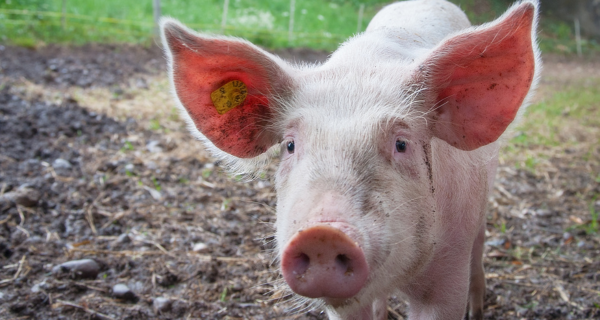

Some requirements for rearing backyard or hobby-farm pigs
Introduction
With the movement of city people into rural areas, back-yard pig raising has increased in popularity. To successfully keep and raise pigs you need to be aware of the following requirements.
State and Local Government approvals
Prior to the introduction of pigs onto your property contact all of the following organisations:
• Local Shire or City Council:- ascertain if any approvals are required to keep pigs under the planning laws administered by the Council,
• DPI&F’s intensive livestock environmental management officers:- they administer the approvals that are required under the Environmental Protection Act 1994. Phone +61 7 4688 1605,
• Your local DPI&F Biosecurity office:- any person who runs one or more pigs is required to register their property with DPI&F Biosecurity.
Accommodation
For good pig welfare, an all-weather shed, which includes dry bedding for the pigs plus a run is required. The shed should be able to be easily and effectively cleaned out by having a concrete or impervious floor. The run should not be grossly contaminated with poisonous plants. Thought should also be given to reducing the numbers of disease-causing organisms by pasture rotation or spelling. (See the Model Code of Practice for the Welfare of Animals- Pigs for further details).
Source of pigs
Pigs are best purchased from reputable piggeries. Avoid obtaining pigs from dubious sources. Be aware that to keep a feral pig, as well as the other approvals mentioned above, a declared pest permit from the Department of Natural Resources and Mines (DNR&M) costing $200 is required. DNR&M are concerned mainly that feral pigs are properly fenced in so that they have no opportunity of returning to the wild. (Department of Natural Resources and Mines legislation).
Apart from the cost of a permit to legally keep feral pigs, these pigs are inferior to commercially farmed pigs in carcase quality, size, growth rate and food conversion ratio, as well as posing serious zoonotic disease threats to the people who handle them.

Nutrition
The level of nutrition is dependent on age. Pigs should be fed at least once a day, with lactating sows, piglets and weaners more often. Creep feed is designed for piglets and other commercial feeds can be obtained for older pigs, for example specific sow and grower diets. Clean fresh water must be supplied at all times. This can be supplied with nipple or bowl drinkers. Larger water containers are not suitable for pigs as they often get soiled and the water requires constant replacing.
Husbandry considerations
Farrowing
Sows should be provided with a suitable, separate farrowing area with straw bedding. Veterinary assistance should be sought if a sow encounters farrowing problems, or any of the post-farrowing problems such as a fever, shutdown of milk production or letdown, and constipation. Guard rails must be provided to avoid the crushing and overlaying of piglets by the sow.
Piglet rearing
Piglets require the following:
A heat source such as an infra red lamp hung above their enclosure by a chain (so that it won’t fall). They also need sufficient space to enable them to get away from the heat source when they wish.
Teeth clipping of ‘needle teeth’ should be done within two days of birth to prevent damage to the sow’s udder and to protect their littermates. Where pigs are reared entirely on concrete, an iron injection or an oral iron supplement should also be given.
Where indicated for the later management of pigs, castration should occur before six weeks of age. After this age, the welfare Code of Practice requires that a veterinarian using either a local or general anaesthetic conduct the operation.
For further details, see the Model Code of Practice for the Welfare of Animals – Pigs.
Welfare
The quiet handling of pigs as well as being good animal welfare helps produce quieter pigs and higher productivity. Stressed pigs don’t perform well and are more susceptible to diseases.
Diseases and vaccinations
Erysipelas, parvovirus, and leptospirosis vaccinations should be given. Other common diseases of young pigs are coliform scours (Colibacillosis), enzootic pneumonia and swine dysentery.
Exotic disease avoidance – the swill feeding ban
Swill feeding is the feeding of food or food scraps containing, or contaminated by, animal matter to pigs, poultry or ruminants such as cattle, sheep and goats It includes the feeding of imported dairy products. Swill Feeding is illegal because of the serious risk of introducing exotic diseases such as Foot and Mouth Disease or Swine Vesicular Disease into Australia.
Running a few pigs (or poultry) and using swill as a cheap source of stock feed, is a dangerous practice that puts our national agricultural industries at risk. Even a tiny amount of left-over meat or dairy product could contain such a dangerous virus. This virus may find its way into swill that is fed to pigs, poultry or to other animals and establish an exotic disease in our livestock. Once a disease agent is introduced in this way, it could rapidly spread to susceptible local livestock. Countries importing Australian meat and livestock products would immediately ban further imports. The cost of this to Australia would be enormous.
Swill feeding has been implicated in overseas outbreaks of disease. Many viruses are highly resistant to chilling, freezing and curing. Experience has shown that even boiling swill may not destroy all disease organisms.
Diseases that can be introduced to pigs by feeding animal matter in swill include Foot and Mouth Disease, African Swine Fever, Classical Swine Fever, Aujeszky’s Disease, Swine Vesicular Disease, Vesicular Stomatitis and Transmissible Gastroenteritis (as well as Newcastle Disease in poultry).
If you see any pigs with foot or mouth lesions, contact your local veterinarian, stock inspector or contact the toll free Disease Watch Hotline on 1800 675 888.
Selling pigs
Owners of more than two pigs are required to obtain a registered tattoo and apply this tattoo to all pigs over 30 kg liveweight that they wish to sell. Contact your local DPI&F stock office about obtaining a registered tattoo.
Conclusion
Pig rearing can be a rewarding and absorbing activity, but care is required as explained above.


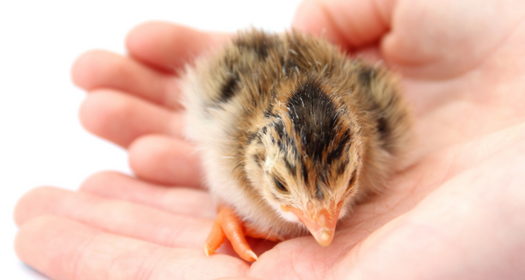
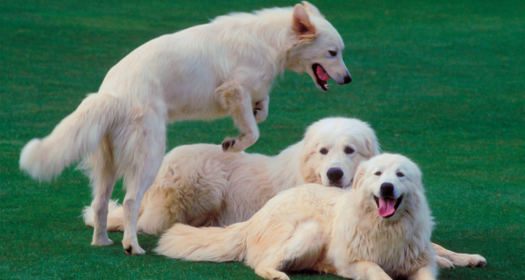
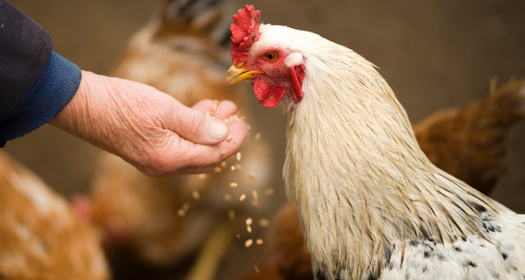
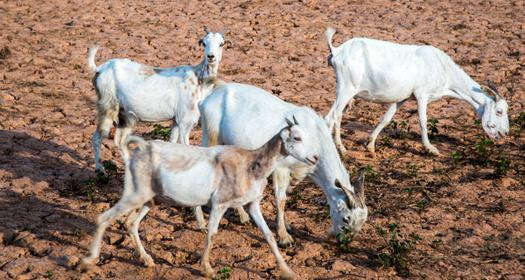
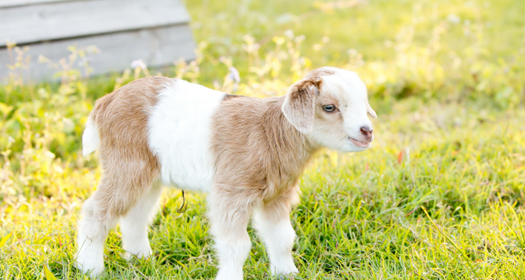




Leave Comment Below